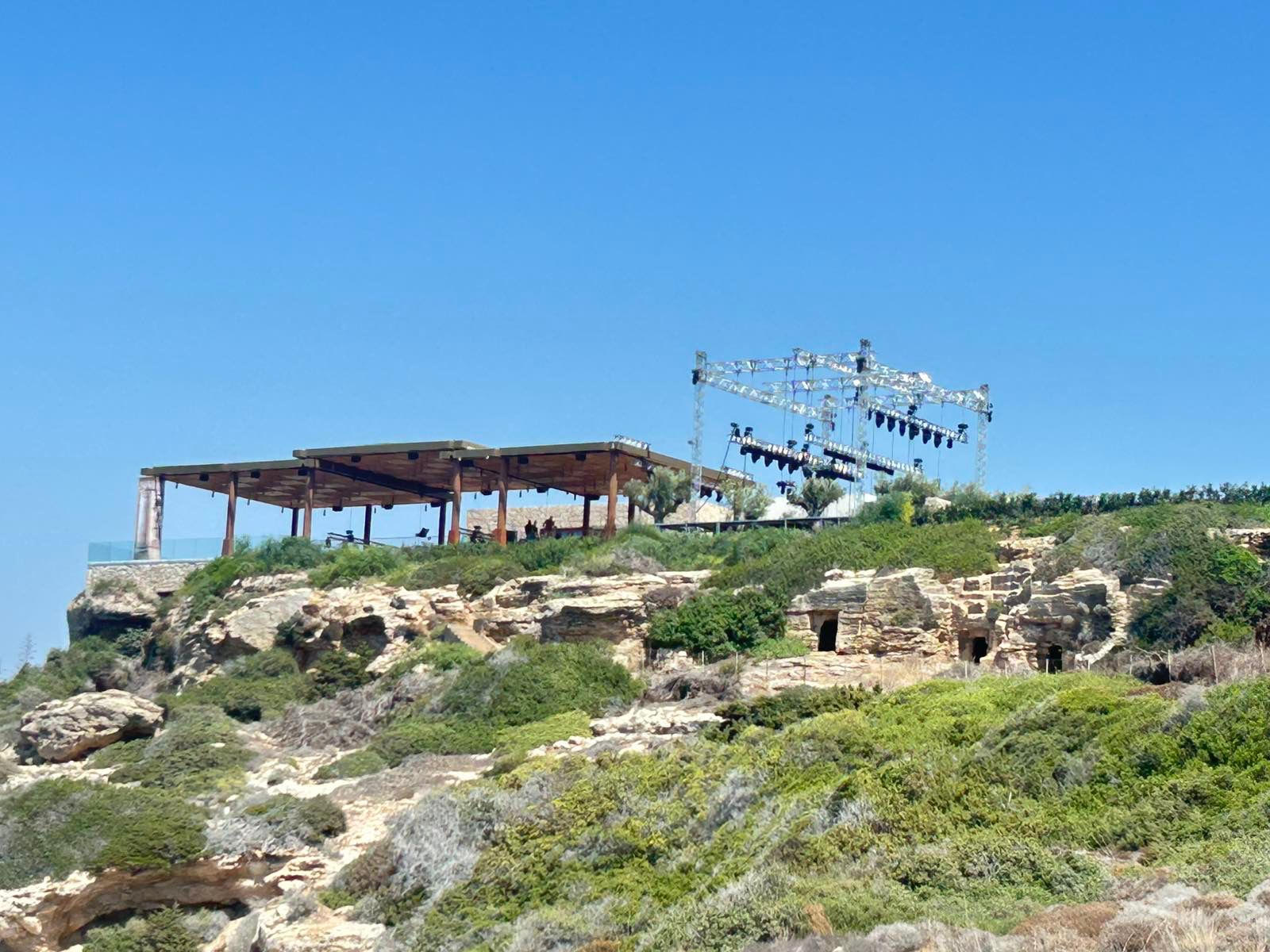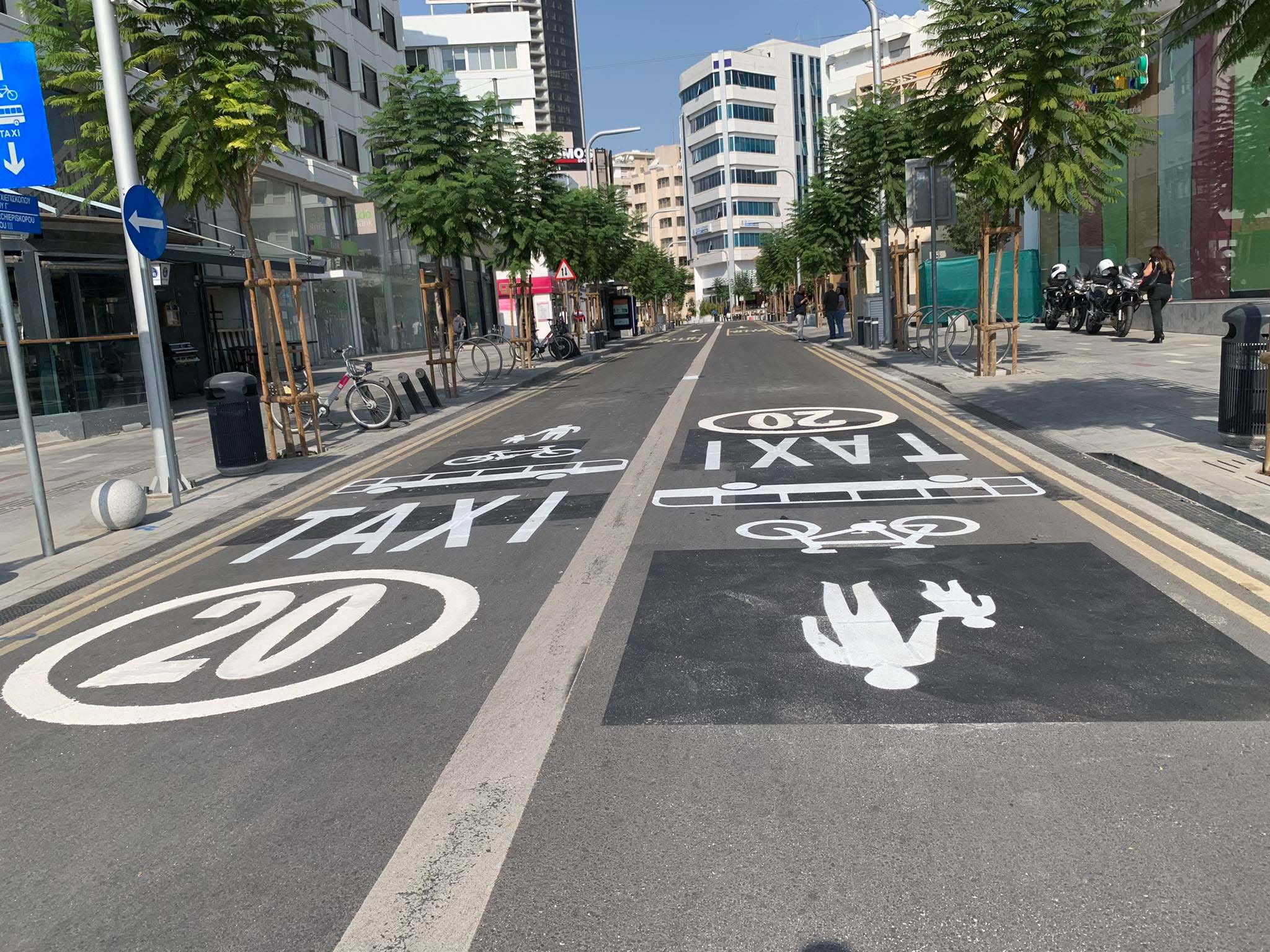“Severe irregularities” in the construction of embankments and a platform in the Ayios Georgios sea caves area of Peyia were detected by the town planning department, it said on Friday.
“There were volumes of soil unloaded and levelling with excavators followed,” town planning department director Iraklis Achniotis said. These phenomena, he added, are clearly not permissible.
Speaking about the platform constructed in the area, which has become the subject of public debate in the past weeks, he said “these constructions should have been evaluated and licensed, which has not been done”.
Environmental organisation Terra Cypria had voiced criticism about both the location of the platform and the events taking place there, as they were endangering protected species that inhabited the area.
While a following event had later been moved to a different location, Achniotis said they were illegal in the first place.
The Paphos district administration (EOA), he added, had been informed about the case, and relevant measures are expected to be taken.

“In addition to the platform that was moved and dismantled, there are permanent structures of a similar character in the area. Those structures are a matter for evaluation,” Achniotis said.
He stressed that the events in Peyia highlighted “chronic issues and problems” mainly concerning control mechanisms and the effectiveness of the implementation of town planning regulations.
“The Achilles’ heel of our town planning system has always been the aspect of imposing planning control,” he said.
Achniotis also pointed out that due to the recent local government reform, which saw several responsibilities shifted to the EOAs, prevention and enforcement mechanisms were still being developed.
The fact that said mechanisms did not function efficiently, he said, allowed for “crafty people” to continue to act with impunity, eventually resulting in the creation of what he referred to as fait accompli.
“The clearing of land, earthworks, depositing excavation products, etc., any alterations of the natural environment, especially in an environmentally sensitive, protected area must be strictly controlled,” he said.
Achniotis added that while special regulations applied to the protected areas, serious alterations to the soil, such as the deposition or removal of soil volumes, or changes to the natural topography on agricultural land could only be carried out once permission has been received by the relevant authorities.
He said these phenomena come at an “enormous” environmental cost, adding that efficient cooperation between the involved bodies was needed to prevent them in the first place.







Click here to change your cookie preferences